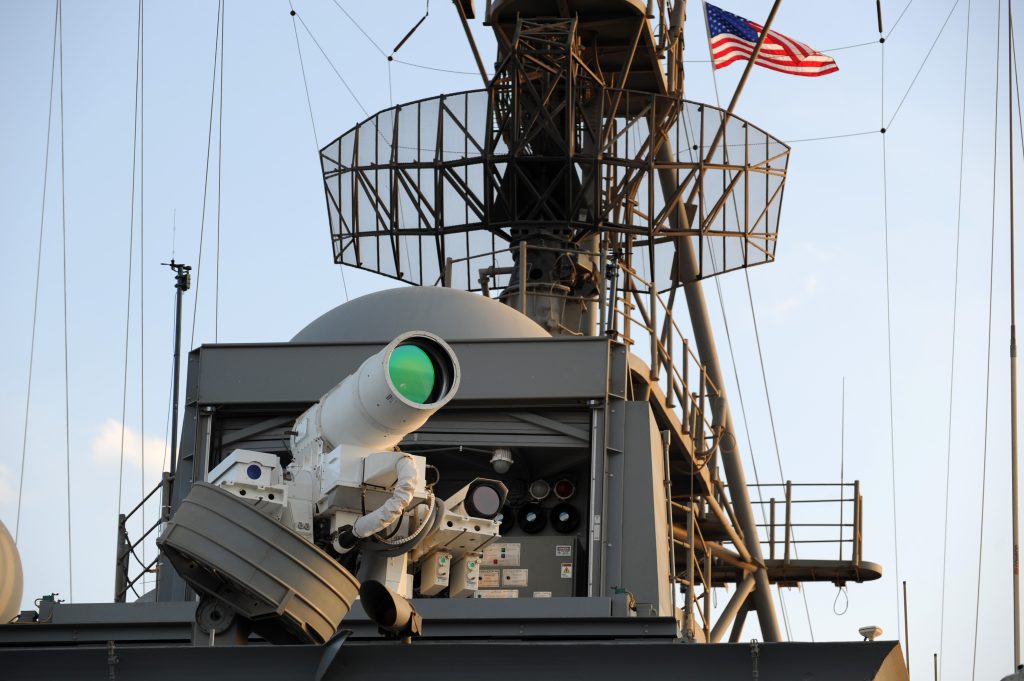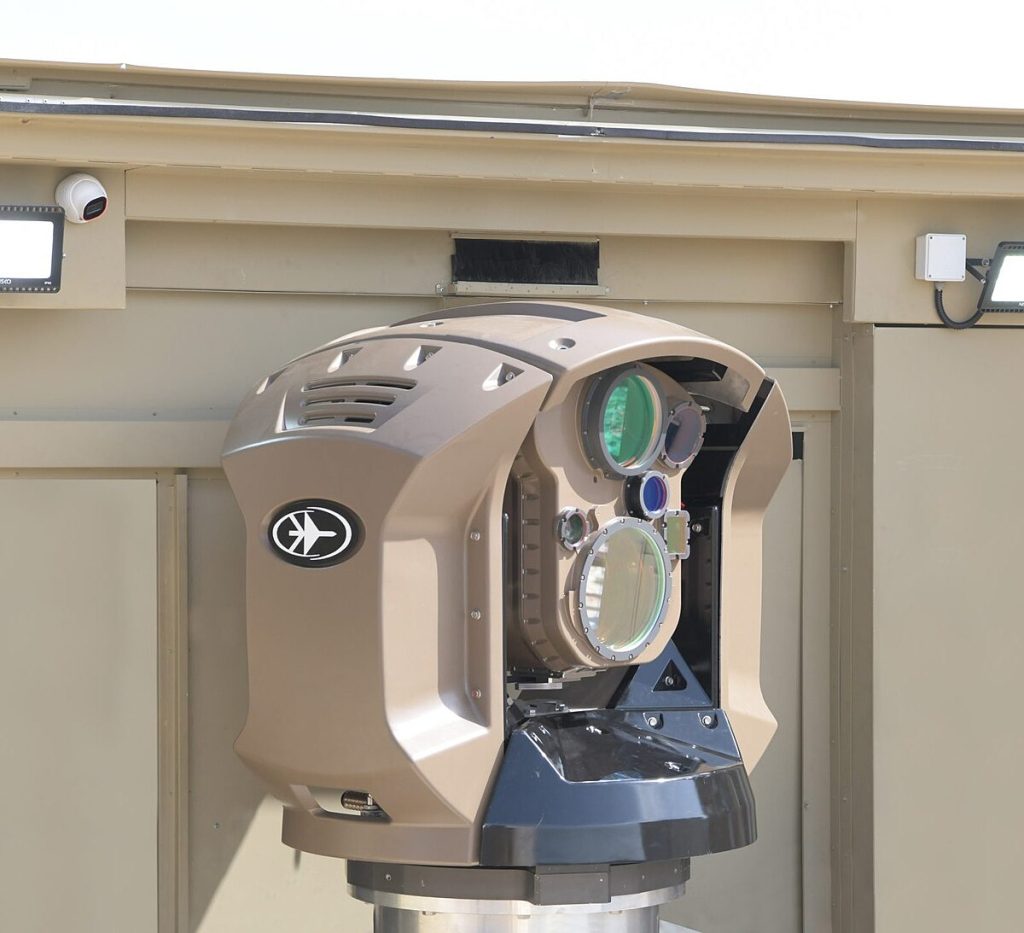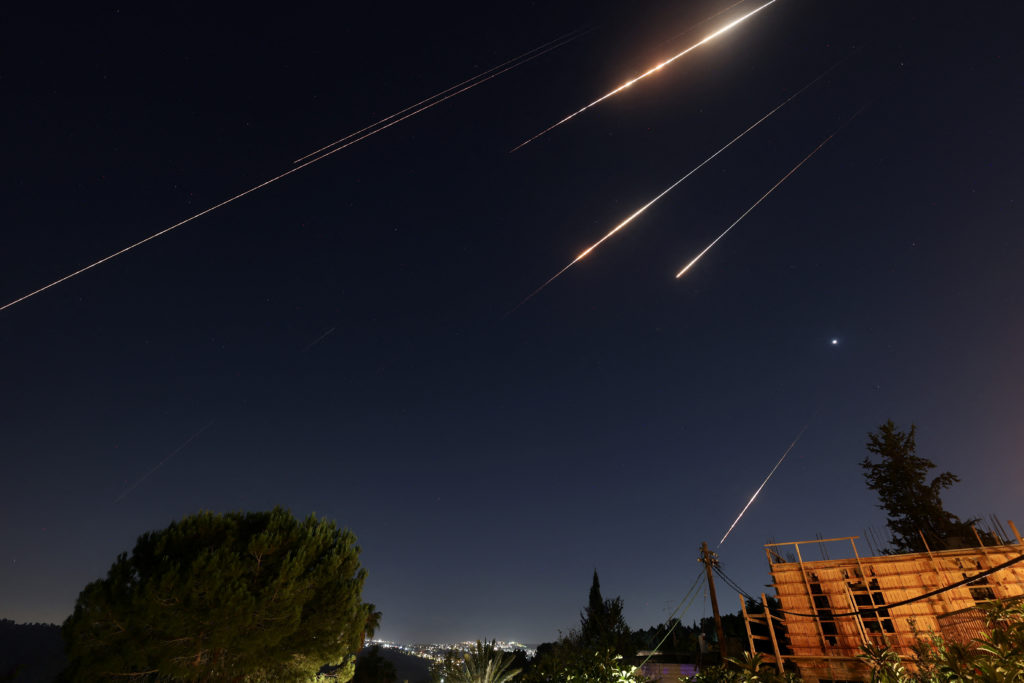
What happens when a war aimed at crippling a nation’s arsenal actually accelerates it? Five months after the 12-Day War, Iran’s leadership is claiming that its missile capacity now exceeds pre-war levels-a statement that has rattled defense circles from Tel Aviv to Washington. The June conflict, with unprecedented direct strikes between Israel, Iran, and the United States, was meant to degrade Tehran’s nuclear and missile infrastructure. It seems instead to have triggered a rapid and determined rebuild.
This new missile impetus is not an issue for the region alone. According to analysts, it may shape a new strategic balance in the Middle East, strain Israel’s multi-layered air defenses, and could also bring the U.S. into yet another confrontation. From Chinese chemical shipments to laser-based interceptors, the pace of development in the six months since June has been a race characterized by speedy production, technological adaptation, and shifting equations of deterrence.

1. Iran’s Missile Superiority in the Post-War Scenario
Iranian Foreign Minister Abbas Araghchi proclaimed, “Iran’s missile power today far surpasses that of the 12-Day War,” framing the June conflict as a failed attempt by Israel and the U.S. to achieve strategic objectives. Defense Minister Brig. Gen. Aziz Nasirzadeh joined in, reporting that production has improved both in quantity and quality. Observers say such rhetorical devices serve dual purposes of boosting national morale and sending a strong signal to the world at large by presenting missiles as Tehran’s key deterrent asset.

2. Lessons Learned from the 12-Day War
According to Behnam Ben Taleblu of the Foundation for Defense of Democracies, in a war, Iran refined its launch formulas by launching fewer missiles with more effectiveness through optimal target selection and sequencing. Systems like the Fattah-1 MRBM, Haj Qassem, and Kheibar Shekan, optimized for high terminal maneuverability and speed, were put forward with the express purpose of demonstrating survivability against interceptors. This tactical refinement suggests that Tehran is favoring lethality over quantity.

3. Ambition to Overwhelm Israeli Defenses
Ali Vaez with the International Crisis Group explained, “missile factories are working 24 hours a day,” striving toward 2,000 projectiles in a future conflict quadruple the volume launched in June. The approach is to saturate Israel’s defenses and take advantage of the cost difference between multi-million-dollar interceptors and relatively cheaper offensive missiles. It’s part of the greater problem in missile math: if Israel is going to stay ahead of the threat, it needs to increase interceptor production accordingly.

4. Chinese Shipments of Missile Propellant
European intelligence sources tracked 2,000 tons of sodium perchlorate that have arrived from China since September 29, despite the restored UN sanctions. Sodium perchlorate is a chemical precursor for solid propellant that could enable production of around 500 missiles. Experts such as Jeffrey Lewis view these deliveries as part of a determined rearmament effort underlining Beijing’s role in sustaining Iran’s missile program despite international pressure.

5. Israel’s Multi-Layered Missile Defense Strain
The 12-Day War pushed Iron Dome, David’s Sling, and Arrow to their operational limits, intercepting hundreds of incoming threats. The high rate of use strained logistics, reportedly depleting U.S. stocks as well. The challenge remains clear: readiness against salvos that could be larger and more sophisticated in the next round.

6. Iron Beam: Israel’s Laser Defense Breakthrough
Israel has completed the acceptance testing of a high-powered laser system, Iron Beam, designed to intercept rockets, mortars, drones, and missiles at a fraction of the cost of kinetic interceptors. Defense Minister Israel Katz hailed this as placing Israel “at the forefront of global military technology.” With a range of about 10 km and near-instant interception, Iron Beam offers a cost-effective layer to counter saturation attacks.

7. THAAD Deployment: U.S. Support
This is further bolstered by the U.S., which, besides other systems, has installed a Terminal High-Altitude Area Defense battery. THAAD engages missiles in their terminal phase of flight at distances of up to 200 km, hence complementing Israel’s layered architecture. The move reflects Washington’s commitment to maintaining the country’s defensive edge amid fears of renewed Iranian salvos.

8. Space Launch Technology and Missile Potential
Iran’s launch vehicles for satellites, like the Safir and Simorgh, use multistage propulsion systems, putting them in a category with ICBMs. Tehran bills these as civilian space projects, but U.S. intelligence warns they could serve as test beds for long-range missile technology. Overlapping engineering fuels suspicion that a secret military motive lurks beneath Iran’s space program.

9. Regional Deterrence and Strategic Uncertainty
The 12-Day War disrupted the long-standing deterrence dynamics. The deep penetration into Iranian airspace and strikes on nuclear sites by Israel sent shockwaves down the spine of the Gulf states in their attempt to diversify defense partnerships. Iran is rebuilding its missiles with Chinese and possibly Russian support in a bid to restore deterrence, but there is still uncertainty over U.S. policy and Israel’s intentions, which continues to keep the region on edge.
What was until recently a slow-burn rivalry, the missile race between Iran and Israel has quickened into an accelerated contest informed by wartime lessons, foreign supply chains, and evolving defense technologies. With both sides racing to outproduce and outmaneuver each other, the next confrontation might hinge less on nuclear facilities than on the speed, volume, and precision of missile exchanges. For defense planners, the challenge is to anticipate not just the hardware but the strategic calculus driving this volatile equation.


